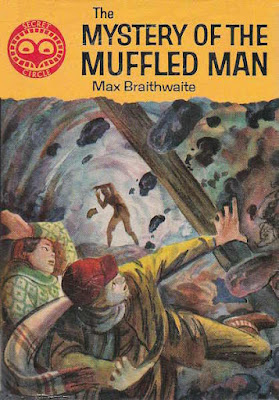It was at that point that I stopped reading Barbara Amiel, and then stopped thinking about her. Still, she was top of mind in creating this list of lists:
Actually, no... The list is more a reflection of a time that had not long passed when married women were treated as appendages, rather than persons in their own right. List maker John Bassett does a disservice to "MRS JOHN BASSETT, she of the "wonderfully expressive face," whose career as a broadcast journalist was well underway before the couple wed. I remember Isabel Bassett (née Macdonald) best as Minister of Citizenship, Culture and Recreation under Mike Harris and as CEO of TV Ontario. I knew her name, but not his. I at first confused John W.H. Bassett with John F. Bassett of Face-Off fame.
I am familiar with Julian Porter (and his father, Chief Justice Dana Porter). I've had the pleasure of meeting Mrs Julian Porter, whom I know as writer and publisher Anna Porter.
2. 10 INTERESTING FACTS ABOUT ESKIMOS AND INDIANS
One of only two lists with a First Nations focus, the other being THE TEN LARGEST NATIVE LINGUISTIC GROUPS IN CANADA, it serves to draw attention the book's most glaring flaw. And then we have this photo and caption:
Both are appended to 10 GREAT CANADIAN SPORTS ACHIEVERS, which acknowledges Tom Longboat as the greatest Canadian marathoner. It is the only photograph of a First Nations person in the entire book.
Seven of the ten come from men, including one each by Stephen Leacock and Irving Layton:
In all fairness, Leacock's words come from 'An Appeal to the Average Man,' the preface to his 1926 collection Winnowed Wisdom, in which the economist and humorist takes far more swipes at the male sex than the female. The photo used in the Canadian Book of Lists does not feature in Winnowed Wisdom. Evidence suggests it was taken sometime after 1926.
4. 10 CORPULENT CANADIANS
Judy LaMarsh is #1. She reappears eight lists later as the fifth worst dressed Canadian celebrity.
7. 10 WAYS TO FINANCE A CANADIAN MOTION PICTURE
Ten tips from Garth Drabinsky!
1. Satan
2. George Washington
3. Josef Stalin
4. William of Orange
5. Any Pope
6. Lord Durham
Of course, "Any Pope" throws the whole thing off. At time of publication, there had been 262 popes. This newly confirmed Anglican didn't hate any of them, not even John XII or Urban VI. In 1978, my teenage self knew nothing of William of Orange or Lord Durham, but I did know quite a bit about Adolf Hitler.
In short, this is a list that would've seemed dated in 1939.
Referenced in Monday's post, this Peter C. Newman list is most notable for the fawning admiration of Brian Mulroney. John Turner also features. Notably absent is then-current prime minister Pierre Elliott Trudeau. Very much a spent force in 1978, Trudeau would lose the 1979 election (while handily taking the popular vote), only to return nine months later, just in time to lead the federalist victory in the 1980 Quebec Referendum. The Charter of Rights and Freedoms and repatriation of the Constitution followed in 1982.
Related posts:






















































